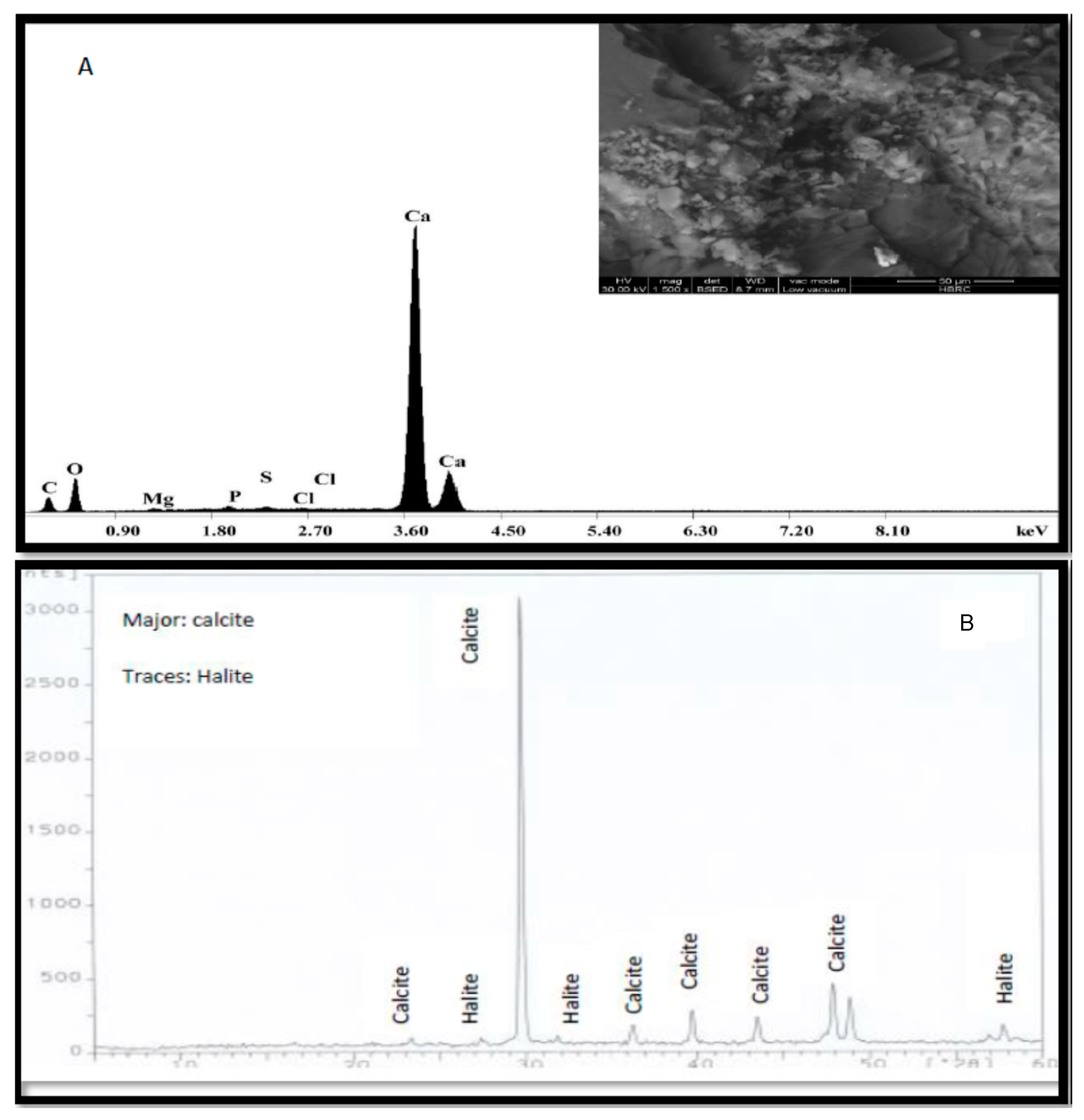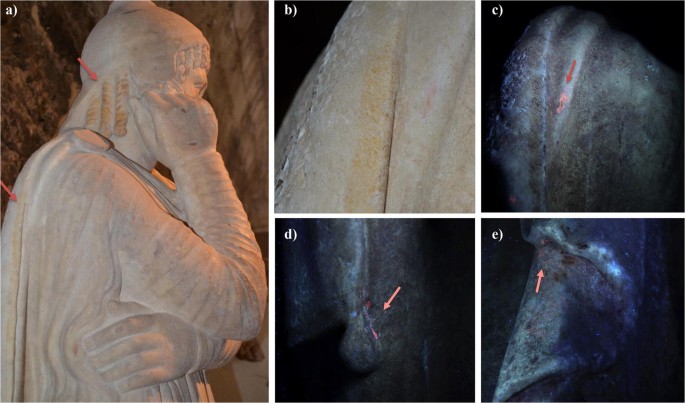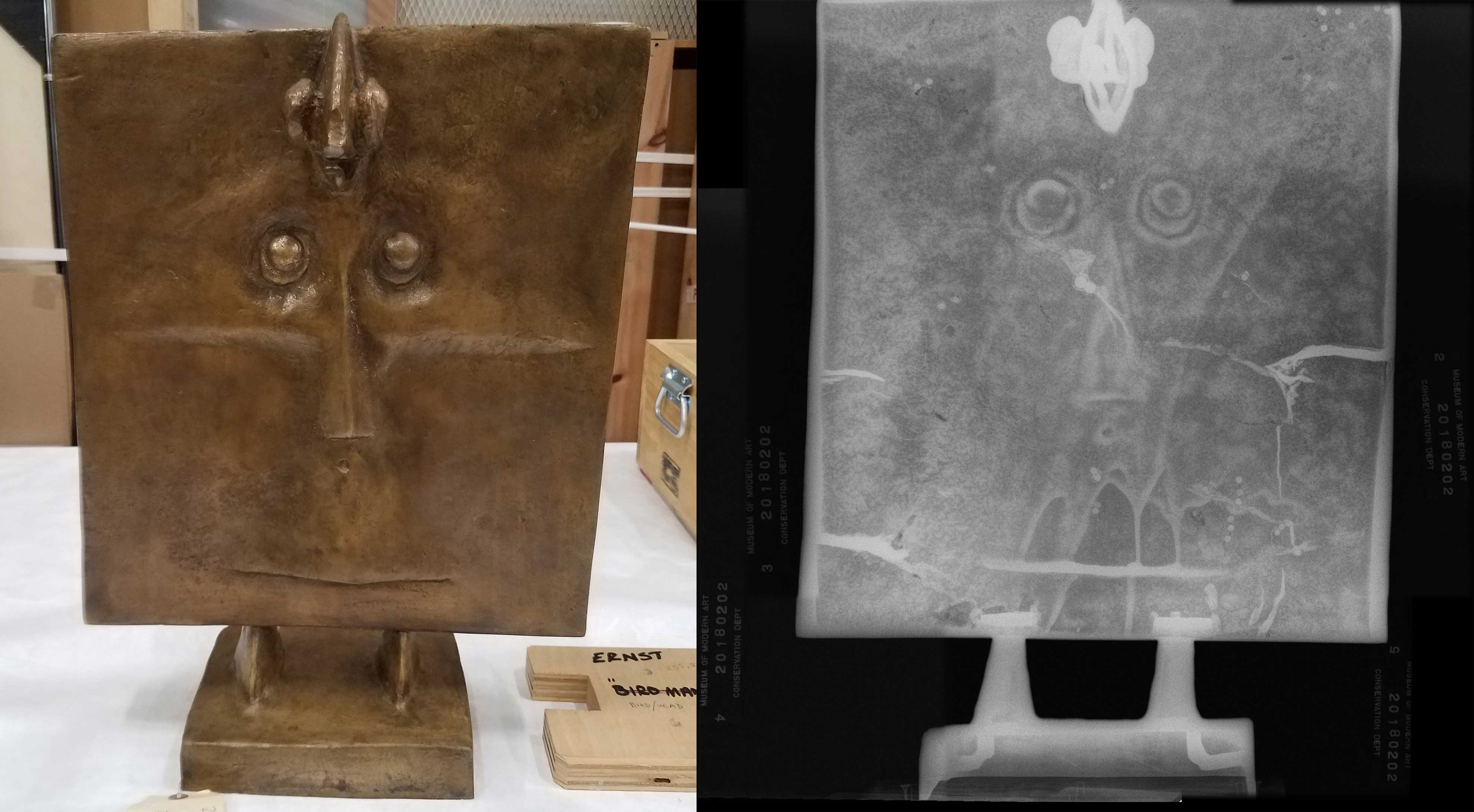X Ray In Marble Conservation

Authentication of stone sculpture can focus on materials techniques by which the materials were worked and weathering layers.
X ray in marble conservation. The individual grains of marble fig. The prepared hydroxyapatite film was characterized by scanning electron microscopy sem x ray diffraction xrd and energy dispersive x ray edx spectroscopy. Ini tial analyses were performed using the naked eye and a binocular surgical microscope as well as ultraviolet light and x. Standing in the conservation laboratory the statue became the focus of intensive examination sessions and discussions among the gallery s curators and conservators.
The metasomatic reaction between monocalcium phosphate solution and marble substrate was explored to prepare hydroxyapatite film. Like the first edition this volume is not a literature review. Thermal gradients and temperature fluctuations cause high stress particularly in calcitic marbles like carrara marble. 163 178 www ijcs uaic ro degradation and conservation of marble in the.
It is an overview that maps the landscape of stone conservation cites interesting and representative research and is intended to serve as a useful point of entry to the field. Radiographs are often used to identify the foreign body and observe its excretion from the gi tract. The passage of x rays through materials including biological tissue can be recorded. X ray electromagnetic radiation of extremely short wavelength and high frequency with wavelengths ranging from about 10 8 to 10 12 metre.
2067 533x international journal of conservation science volume 3 issue 3 july september 2012. I began the research for the second edition in may 2007 as an. The complete radiography of the altarpiece was conducted between 2010 and 2011 as part of a project largely funded by the getty institute the x rays and other technical information that was gathered were used to. In this case the foreign body a marble was too large to exit the pylorus of the stomach.
Elemental analyses carried out by instrumental neutron activation x ray fluorescence inductively coupled plasma icp techniques and others often provide the most useful information. The results of the studies and their role in developing conservation strategies are described. The analyses are conducted by visual inspection chemical analyses x ray diffraction and mercury porazimeter for pore size distribution. Foreign body ingestion in children is common.
Lytical chemistry to x ray tomography. Microfocus x rays synchrotron x ray absorption x ray fluorescence conservation marble glass ship timbers.















































